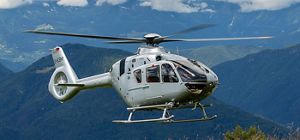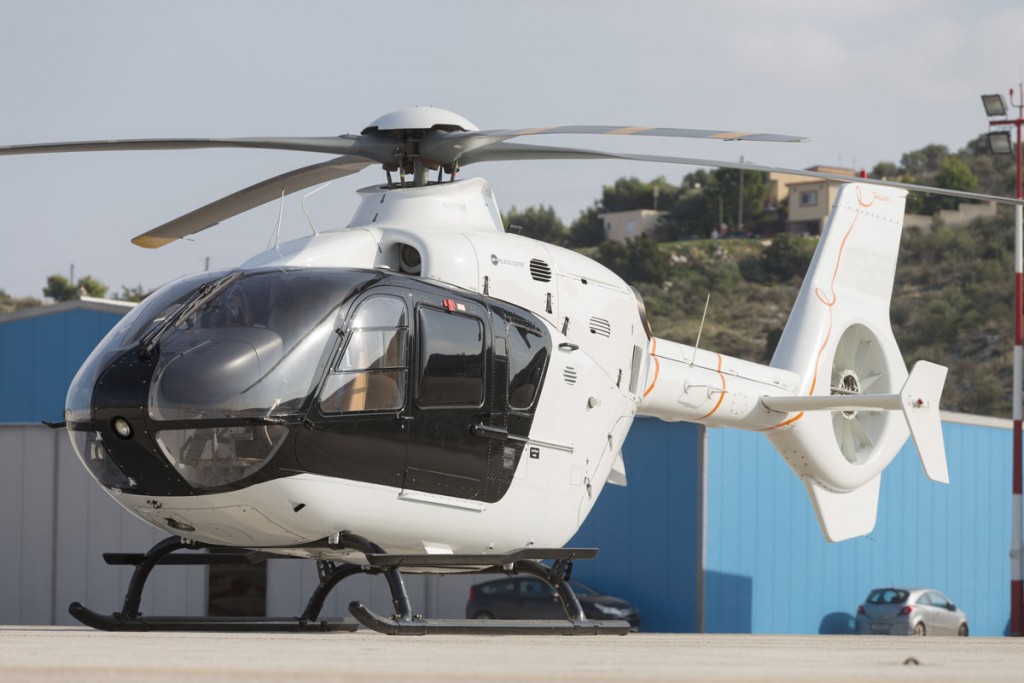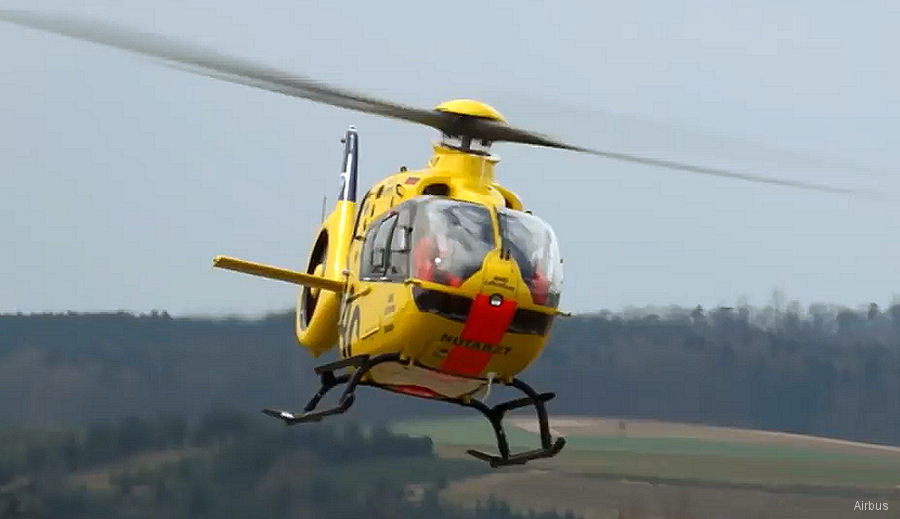
#H135 for sale download
Download the file, extract it into your MSFS community folder and you’re set. Like I said before, over 20 versions were released before 1.0 was out. If you read those articles, though, those will give you a very small glimpse of what the project evolved over time. The first versions I have written a couple of articles about this project and the reactions to those were quite interesting. The project is quite interesting, and it raised a lot of attention to this kind of aircraft and way of flying. Nothing against it, but that’s not really our thing, right?Īdd the lack of supply to the fact that the HPG H135 is quite easy to fly (more on that later) and, suddenly, we started seeing huge interest in the projects and on helicopters in general (I hope). In a time where helicopters are not natively supported in the sim yet, HPG took advantage of the rather robust plugin system the sim has available, took over the default flight dynamics and managed to create something that became a success.īeing the first publicly available addon of its kind, people obviously got interested, especially since MSFS is a sim that provides amazing scenery features and is better enjoyed from lower, rather than the 5-digit altitudes that a lot of the folks out there seem to enjoy flying at. Release to service was issued on May 12 and the first trainee pilot flew the aircraft on 25 April 2018.The HPG H135 became quite a phenomenon in the MSFS community.

The first Juno HT1 (Juno HT1) helicopter arrived at RAF Shawbury on April 3, 2017.


With Ascent chosen for UK MFTS helicopter training early in 2016, some 29 H135s (Juno HT1s) and three H145s were contracted from Airbus Helicopters in Germany, for completion and initial instructor training in the UK. The type was included alongside the larger H145 in the UK MFTS rotary wing training package offered by Ascent as the current DHFS provision neared contract end. After consolidation within the EADS and Airbus groups, Eurocopter became Airbus Helicopters on January 17, 2014.Īmong its most successful products, the latest H135 (Juno HT1) standard offers exceptional performance yet remains the quietest helicopter in its class. First customer deliveries followed in July 1996, since when the type has undergone considerable evolution and found favour with a host of civilian, military and para-military customers. Now under Eurocopter control after Aerospatiale and DASA merged their helicopter divisions, prototypes of what had become the EC135 (Juno HT1) flew for the first time on February 15 and April 16, 1994. DASA bought MBB the following year, flying a further prototype in 1991, although the design was subsequently altered quite dramatically, including provision of a Fenestron in place of the conventional tail rotor. In 1988, MBB flew the BO108 technology demonstrator with the ultimate aim of replacing the highly successful BO105 in its helicopter line-up. The type serves with 60 Squadron at RAF Shawbury, and 202 Squadron at RAF Valley which delivers maritime, mountain, and search and rescue training to helicopter aircrew TYPE HISTORY It also ensures continuity and a logical progression for Royal Air Force, Royal Navy and Army Air Corps students through the UK Military Flying Training System.

With all but a handful of the UK’s frontline military helicopters equipped with glass cockpits, the H135 (Juno HT1) has brought helicopter training into the modern era. The Airbus Helicopters H135 Juno (Juno HT Mk.1) provides the basic rotary wing training role with No.1 Flying Training School (1 FTS) at RAF Shawbury, the oldest military pilot training school in the world.


 0 kommentar(er)
0 kommentar(er)
